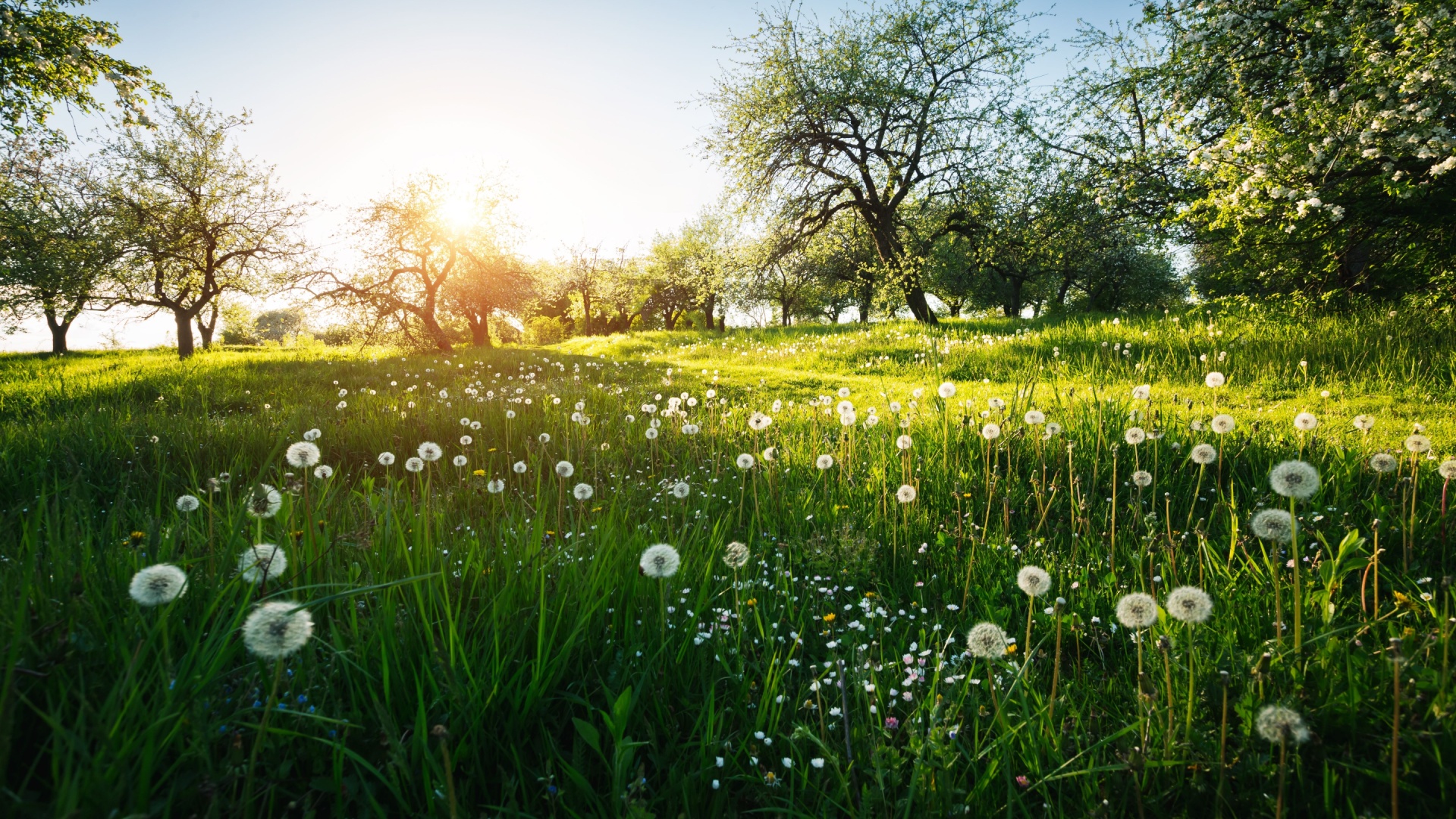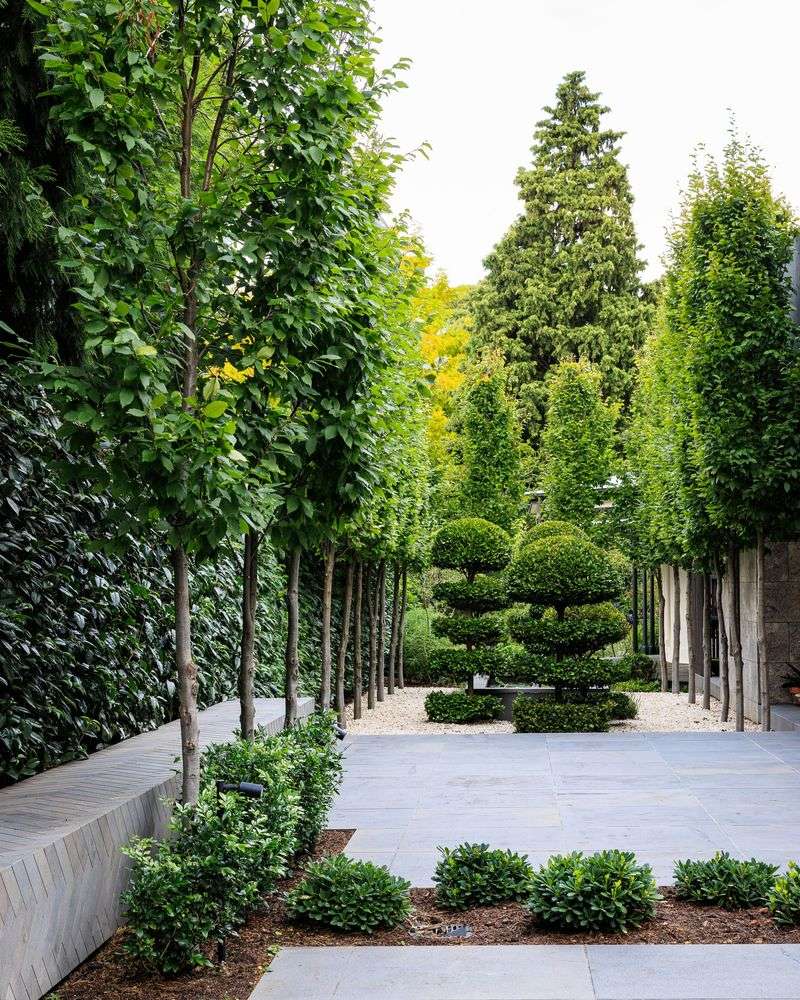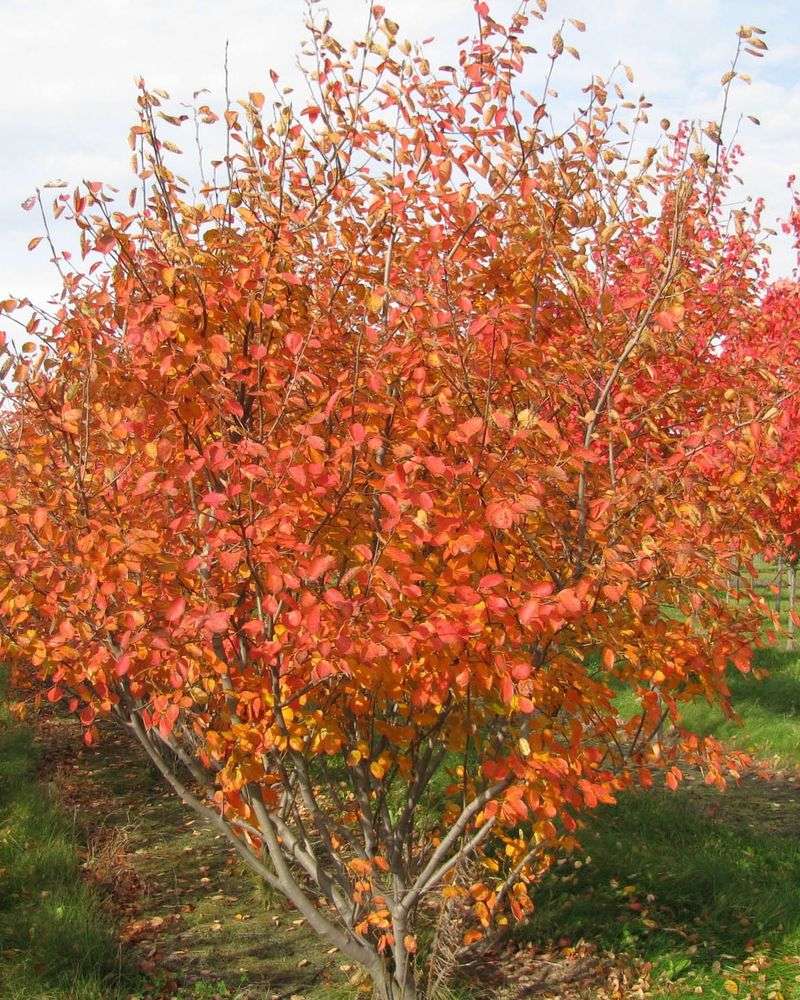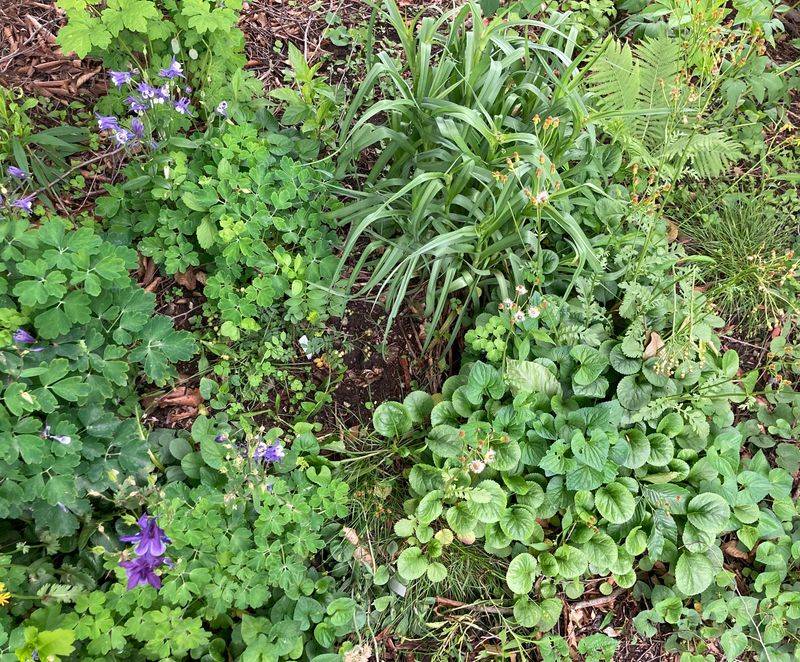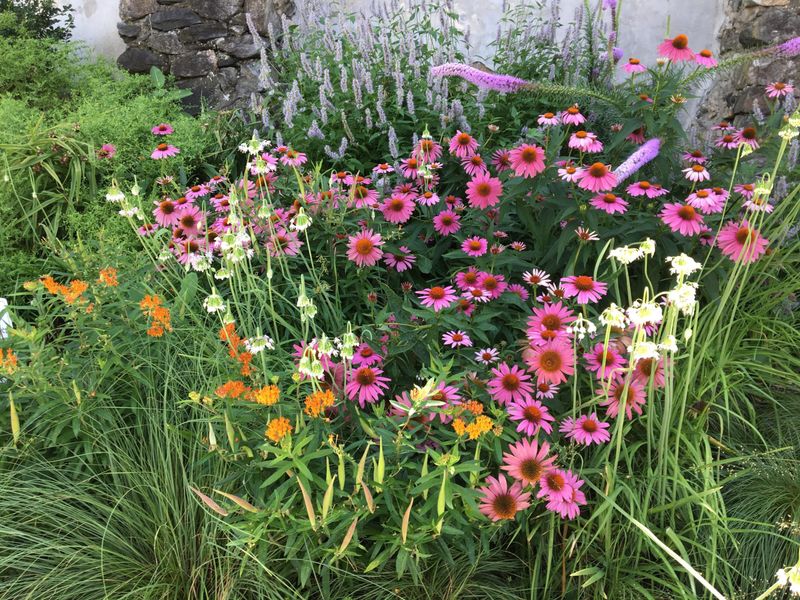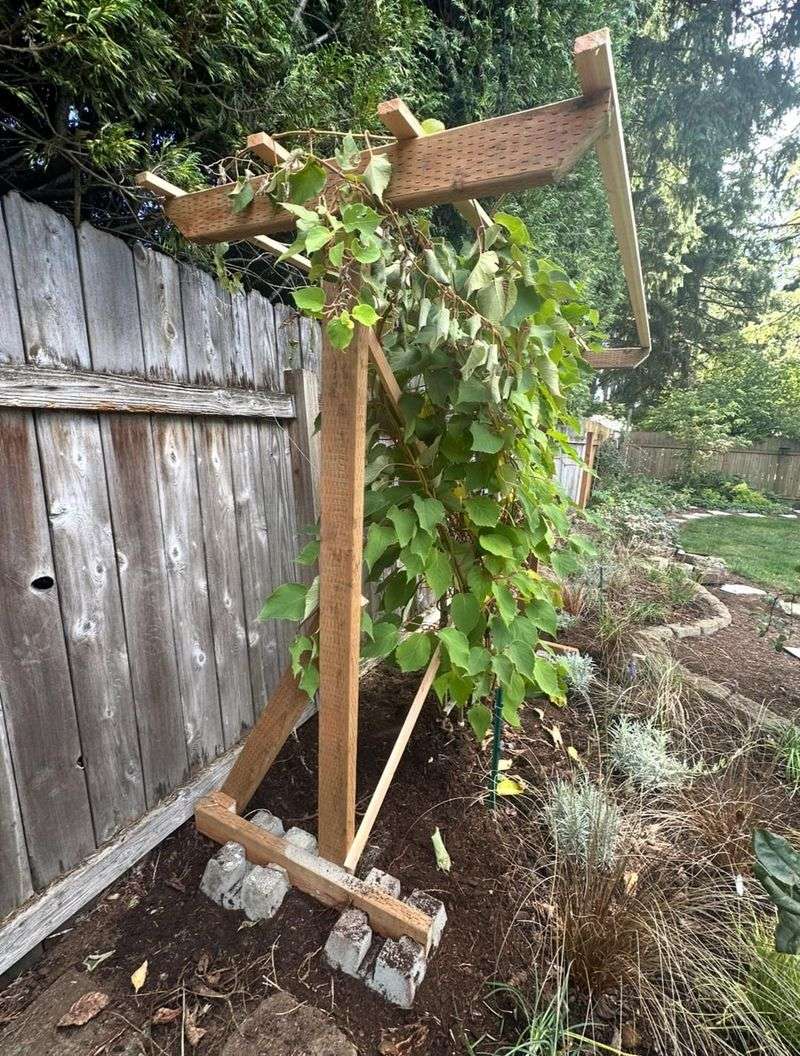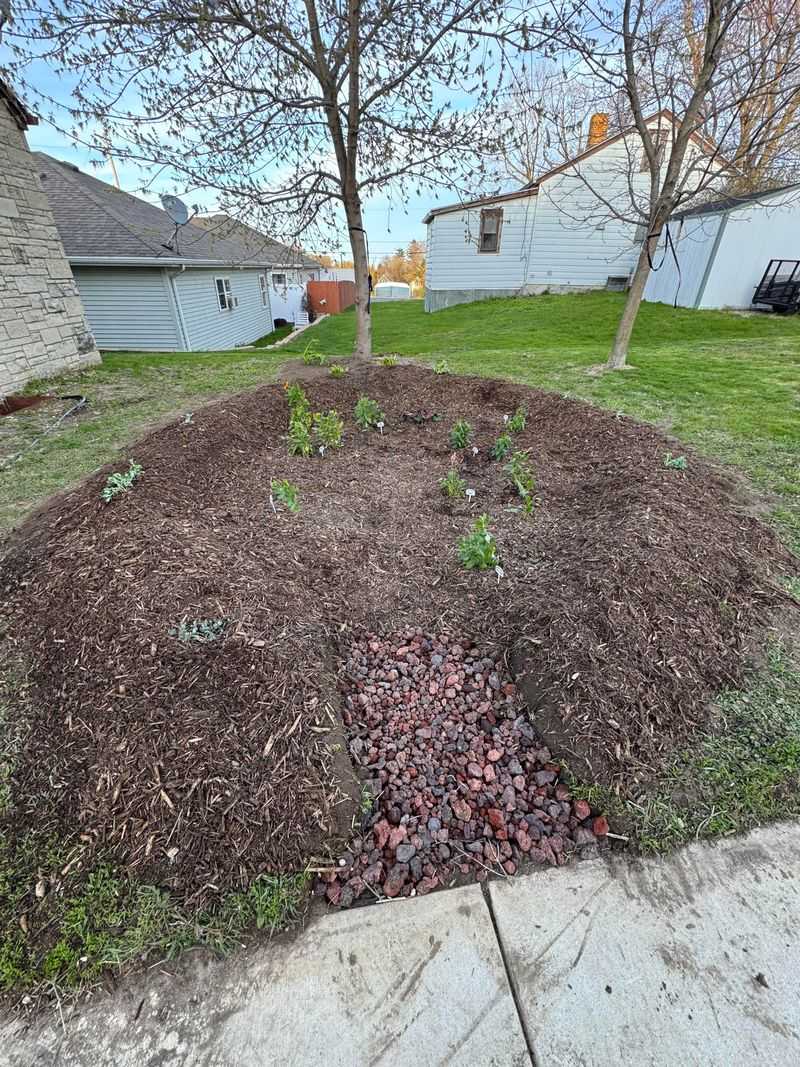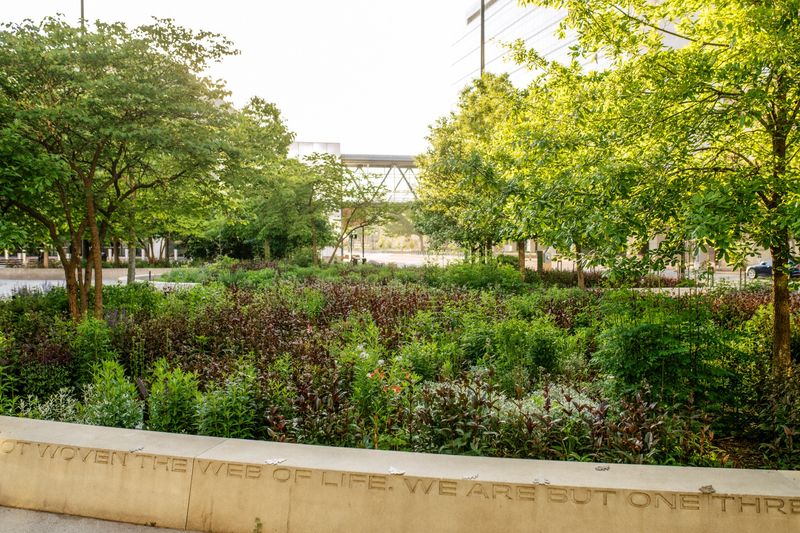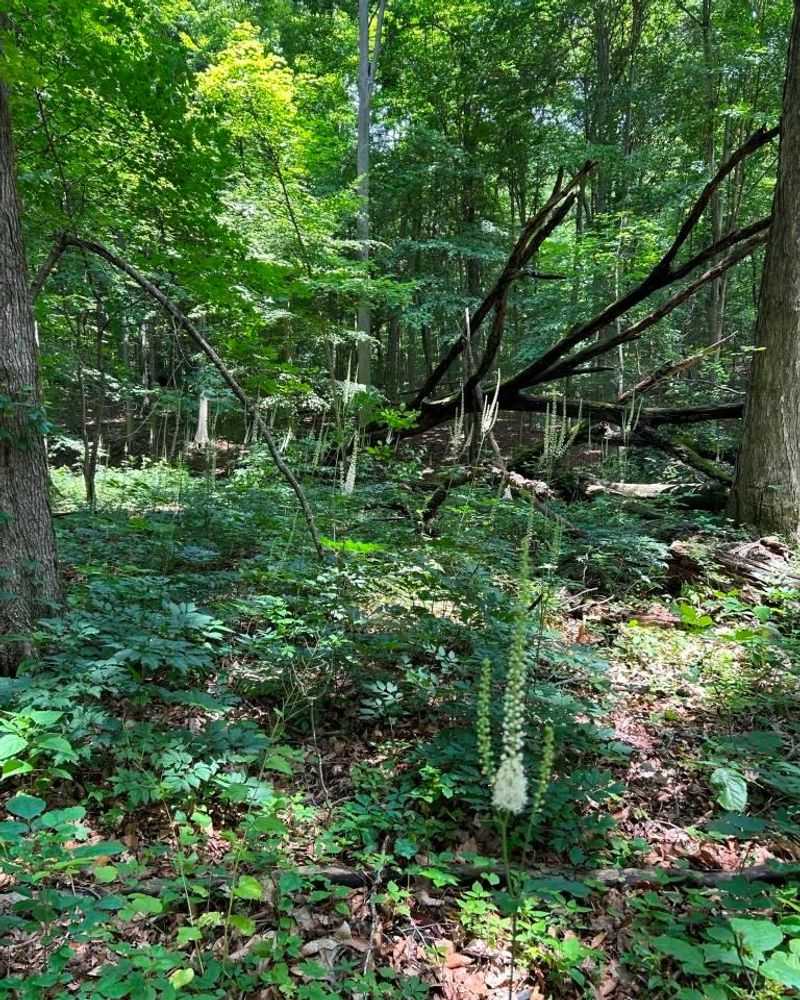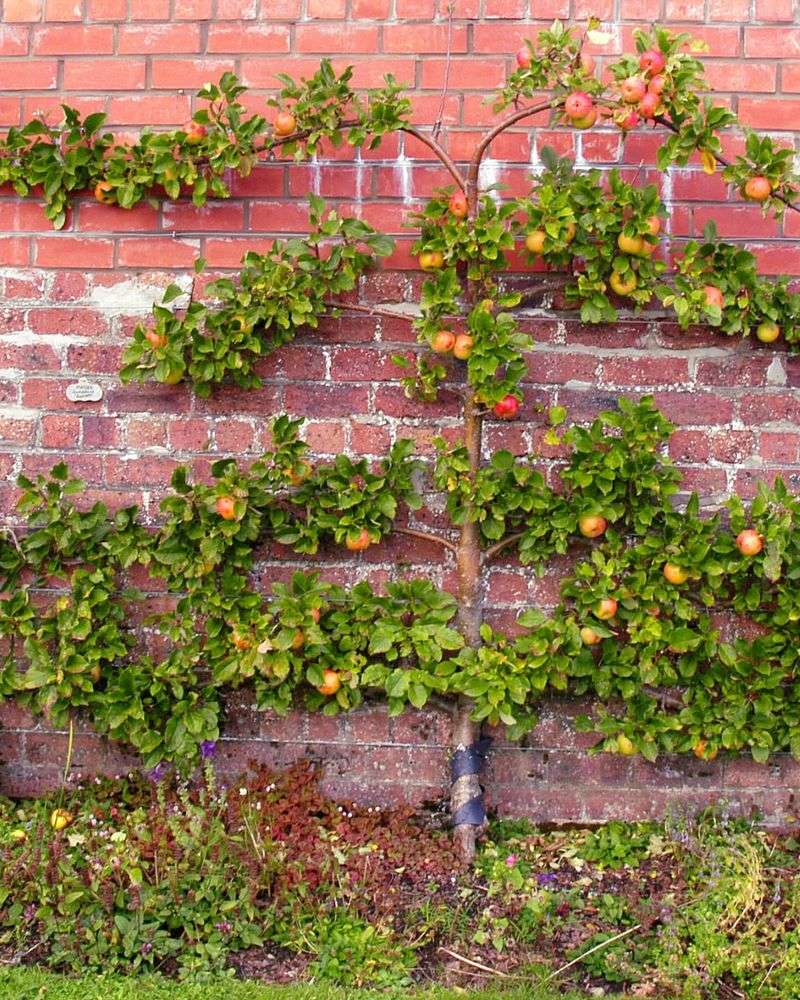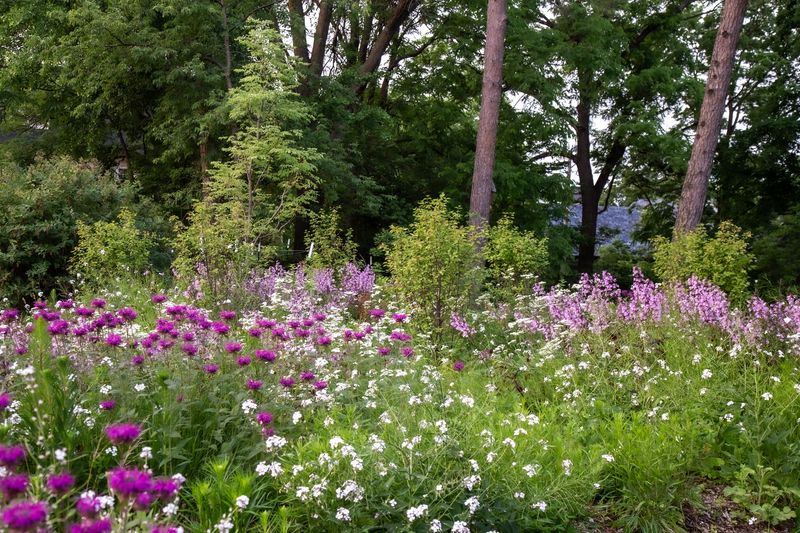Detroit’s urban landscape offers the perfect canvas for forest gardens—living installations that combine art with ecological function. The city’s four distinct seasons challenge gardeners to think creatively about plant selection and arrangement, making forest garden galleries both beautiful and resilient throughout the year.
Forest garden installations bring multiple layers of vegetation together, mimicking natural woodland ecosystems while producing food, medicine, and habitat. When I installed my first layered garden in Eastern Market, visitors were amazed at how quickly it became a living sanctuary amidst concrete surroundings.
These garden galleries represent a shift in how Detroiters interact with green spaces—not just as decorative elements, but as productive ecosystems that tell stories through seasonal changes. The sound of leaves rustling through a mixed planting of trees and shrubs creates nature’s perfect soundtrack for outdoor art appreciation.
1. Multi-Layered Canopies With Seasonal Interest
Layer tall nut trees like black walnuts with shorter fruit trees such as pawpaws beneath them. The staggered heights create visual depth while extending harvest seasons.
Detroit’s winter reveals the striking bark patterns of river birch against the snow. I’ve found that adding witch hazel provides surprise winter blooms when most garden galleries look dormant.
This vertical stacking mimics natural forest structures and maximizes production in limited urban spaces.
2. Serviceberry Sculpture Gardens
Arrange native serviceberries around metal or stone sculptures to create living frames that change with the seasons. Spring brings delicate white blossoms, summer offers sweet berries, and fall delivers fiery foliage.
Local artists have embraced these versatile small trees in collaborative installations throughout Detroit neighborhoods. The contrast between industrial materials and natural elements tells the city’s evolving story.
Birds attracted to the berries add movement and sound to static art pieces.
3. Artistic Groundcover Tapestries
Wild ginger and woodland strawberries create living carpets beneath shade structures, eliminating mowing while providing edible treats. Their contrasting leaf shapes form natural patterns that complement artistic installations.
Last summer, a Midtown gallery replaced traditional mulch with these productive groundcovers. Visitors often paused to marvel at the intricate leaf patterns before noticing the sculptures above them!
These low-maintenance plants thrive in Detroit’s climate and continue spreading yearly, filling bare spots naturally.
4. Pollinator Corridors With Native Shrubs
Connect garden gallery spaces with corridors of flowering native shrubs like ninebark and elderberry. These passageways become living exhibits of seasonal pollinator activity while producing berries and medicines.
The humming of bees and flutter of butterflies adds an animated dimension to static art displays. My corridor at the North End garden transformed a forgotten walkway into the most photographed spot in the gallery.
Plant these shrubs in clusters rather than straight lines for a more natural, flowing aesthetic.
5. Edible Vine Frameworks For Exhibits
Hardy kiwi and grape vines trained over pergolas create living ceilings above outdoor exhibitions. The changing foliage and dangling fruits become part of the artistic experience.
Detroit’s hot summers make shade essential for comfortable gallery viewing. I’ve watched visitors linger twice as long under these productive canopies, especially when purple grape clusters hang overhead in late summer.
These vines require sturdy support structures but reward the investment with decades of fruit production and beauty.
6. Rainwater Basins With Tree Clusters
Transform low spots into rain gardens anchored by moisture-loving trees like river birch and red maple. These natural water features capture Detroit’s increasingly heavy rainstorms while creating dramatic reflection pools for sculptures.
The changing water levels add an element of unpredictability to installations. After establishing one in Corktown, neighboring properties reported improved drainage during heavy downpours.
Underplant these areas with moisture-loving sedges and cardinal flower for additional texture and wildlife value.
7. Meandering Pathways Through Edible Landscapes
Curve pathways to create moments of discovery between fruit trees and berry bushes. The winding routes slow visitors down, encouraging deeper engagement with both plantings and art installations.
Wood chip paths work beautifully in Detroit’s climate and can be refreshed with materials from the city’s tree maintenance program. The smell of crushed herbs planted alongside paths adds an aromatic dimension to the gallery experience.
Avoid straight lines that reveal everything at once—mystery encourages exploration.
8. Native Fern Groves With Stone Installations
Group ostrich ferns and maidenhair ferns around stone sculptures to create cool, textural retreats within garden galleries. The contrast between soft, feathery fronds and solid stone creates compelling visual tension.
These native ferns thrive in Detroit’s partial shade conditions with minimal care. During a July heatwave, visitors to my Eastern Market installation gravitated to these cool green havens, lingering to appreciate both the plantings and artwork.
The ferns’ spring fiddleheads add ephemeral sculptural elements of their own.
9. Fruit Tree Espaliers Against Gallery Walls
Train apple and pear trees into flat, geometric patterns against brick walls. These living murals combine art with function while maximizing sun exposure in tight urban spaces.
The stark winter silhouettes of these trained branches create dramatic shadows across gallery walls. A Southwest Detroit community gallery uses espaliered apple trees to mark seasonal changes through blossoms, fruit development, and harvest.
Choose disease-resistant varieties suited to Detroit’s climate, like Liberty apples and Seckel pears.
10. Woodland Edge Transition Zones
Create graduated plantings that transition from taller trees to shrubs then to herbaceous plants, mimicking natural woodland edges. These ecotones support remarkable biodiversity while framing views of garden installations.
The densely layered plantings provide habitat for birds that animate the gallery space with movement and song. My favorite installation in Lafayette Park uses this technique to buffer city noise while drawing visitors deeper into the garden experience.
This design works especially well along property boundaries or street frontages.

